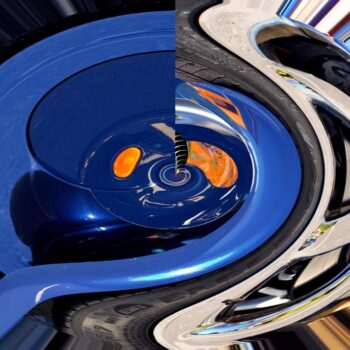
Natalie and John: A Narrative Perspective on the Future Hopes and Fears Facing Organizational Coaching
Revolution of complexity and chaos
A third revolution that potentially impacts on the future of professional coaching is to be found in the physical sciences. In recent years, we have seen a turn toward an inter-disciplinary perspective on the nature and dynamics of highly complex systems. The worlds of system dynamics, energy consumption and dissipative structures have been permanently realigned–as initiated by Ilya Prigogine (Prigogine & Stengers, 1984) and the “chaos” theorists such as Mandelbrot and Lohrenz (Gleick, 1987) and bolstered by the exceptional work being done at the Santa Fe Institute–for example, the work of Stuart Kauffman (1996 ), and Geoffrey West (Brown & West, 2000). We now know about the intriguing nature of attractor basins, the critical roles to be played by initial conditions and bifurcations, and the irreversibility of many dynamic systems.
With regard to the relevance of these studies for professional coaching, we have only to look first at a proposition that highly complex systems (such as corporations) cannot be effectively managed through the use of hierarchical structures. Most successful systems that are highly complex operate in an nonhierarchical manner. In observing the flocking of birds, for instances, it has been discovered that there is no lead bird, rather leadership shifts quickly based on the bird with the most knowledge about an impending challenge (such as a hawk swooping in) or changing environmental conditions (such as a shift in wind currents). The birds move gracefully and are constantly shifting their position with reference to one another – producing a highly adaptive and responsive system. The flat world described by Thomas Friedman is certainly compatible with this analysis offered by the physical and biological scientists. We have witnessed the emergence of very flat international networks, mediated by the Internet, and the emergence of a global economic market that knows neither start nor end to a day of trading.
While Margaret Wheatley (2006) has written widely abo ut the implications of this finding for contemporary leaders, there are many additional implications to be drawn for a professional coach like Natalie in her work with leaders such as John. How does Natalie help John to lead through strategies other than those that rely on hierarchy – suggesting once again that contemporary leadership is effective not as a vehicle for control but rather as a vehicle for influence. The central question becomes: how should someone coach in and lead in a system that will be success to the extent that it is self-organizing rather than being hierarchical.
We find the capacity of systems to self-replicate coming out of not only the analysis of complex computer-gene rated systems but also the observation of natural biological system. We admire the graphic beauty of fractals and can observe how an individual pine needle replicates the structure of the pine bough and even the entire pine tree. In the area of organizational theory, we find growing appreciation for a concept first presented by the Tavistock Institute: subsystem mirroring. Widely dismissed or ignored for many years by most organizational theorists, this “wacky” proposition suggests that all parts of a system replicate some central, fundamental dynamic that was established at the moment this system was founded or that is critical to the ongoing essential operations of the system.
- Posted by William Bergquist
- On January 1, 2022
- 0 Comment


Leave Reply